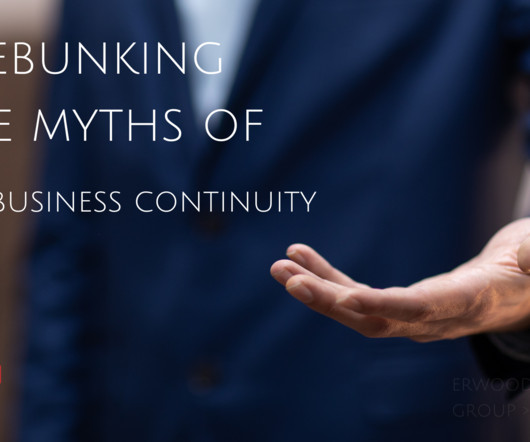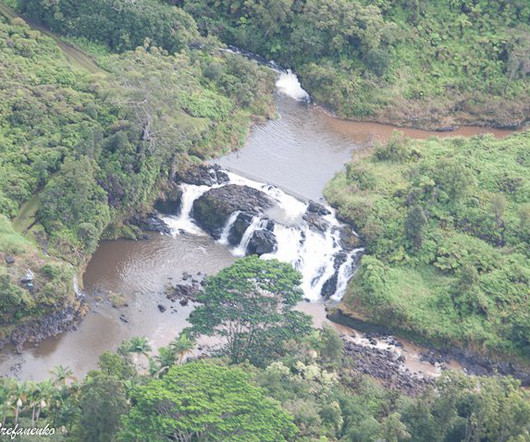Unlocking the Truth: Navigating 20 Myths About Business Continuity
Erwood Group
JANUARY 28, 2024
Debunking the Myths of Business Continuity Unlocking the Truth: Navigating 20 Myths About Business Continuity Introduction: In the dynamic landscape of modern business, the importance of business continuity cannot be overstated. Myth 2: Business Continuity Plans Are Only for Large Enterprises.













Let's personalize your content